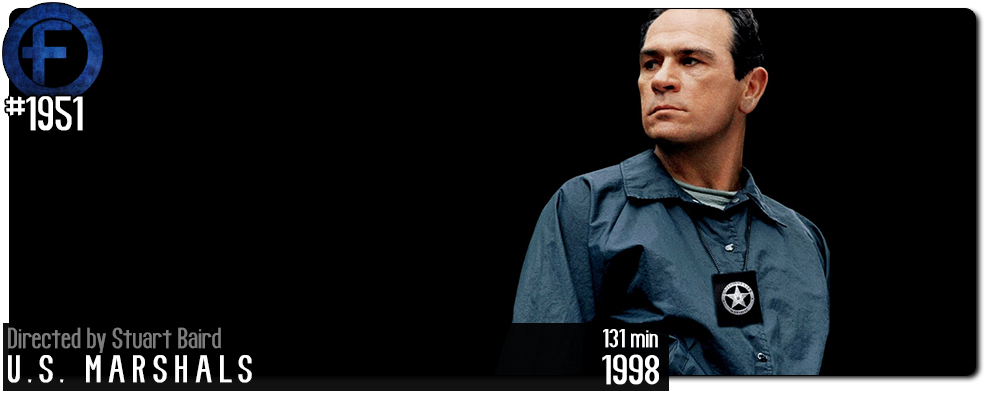Movie Review – US Marshals
Principal Cast : Tommy Lee Jones, Wesley Snipes, Robert Downey Jr, Joe Pantoliano, Daniel Roebuck, Tom Wood, LaTanya Richardson, Irene Jacob, Kate Nelligan, Patrick Malahide, Rick Snyder, Michael Paul Chan, James Sie, Tracy Letts, Len Bajenski, Donald Gibb, Tony Fitzpatrick, Johnny Lee Davenport, Lorenzo Clemons, Vaitiare Hirshon.
Synopsis: U.S. Marshal Samuel Gerard and his team of Marshals are assigned to track down Sheridan, who has been accused of a double-murder.
********
As a sequel to the 1993 action classic The Fugitive, Stuart Baird’s pulsating repurposing of Tommy Lee Jones’ characters centrality to the franchise in US Marshals works well enough but the film is noticeably lacking in sheer star power with the absence of Harrison Ford, who did not return from the first instalment. Sure, a young Robert Downey Jr is serviceable, and Wesley Snipes makes a solid man of mystery who finds himself pursued by Jones’ dogged Marshal Sam Gerard, but flat 90’s cinematography and lackluster subplot machinations make for an earnest yet insufficient genre flick that markets itself as high octane but really, really isn’t.
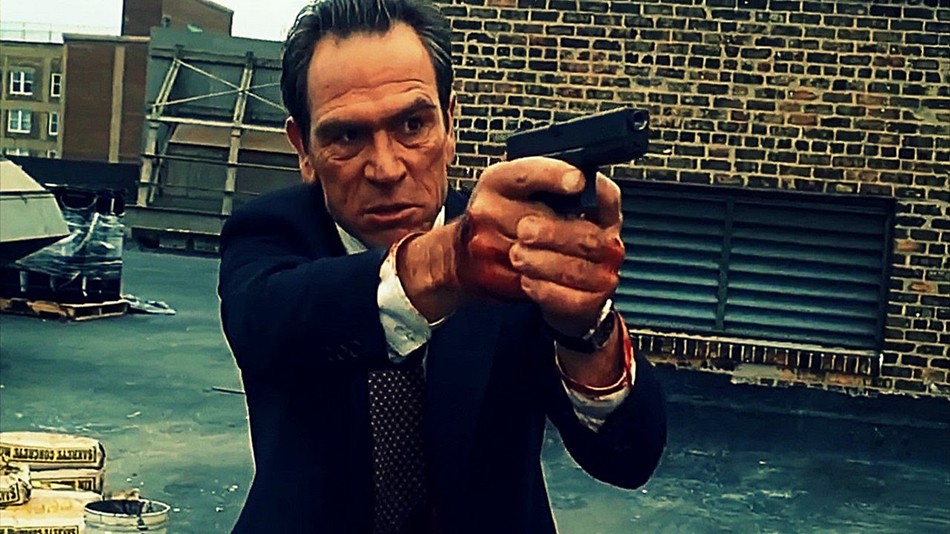
After being wrongfully accused of the double homicide of a pair of US DSS Agents, Mark Warren (Snipes) escapes incarceration when the prison transport plane he is on crashes, leaving him hiding in the Illinois swamp. He is pursued by US Marshal Sam Gerard (Jones) and his cohort of fellow agents, including Cosmo Renfro (Joe Pantoliano), Bobby Riggs (Daniel Roebuck), Noah Newman (Tom Wood) and Savannah Cooper (LaTanya Richardson), as well as DSS attache Special Agent John Rice (Robert Downey Jr), on the orders of his superior, DSS Director Bertram Lamb (Patrick Malahide). As Warren continues to evade capture, he leaves behind a trail of clues pointing to his apparent innocence, the threads of which Gerard and his team must piece together before time runs out and their quarry disappears forever.
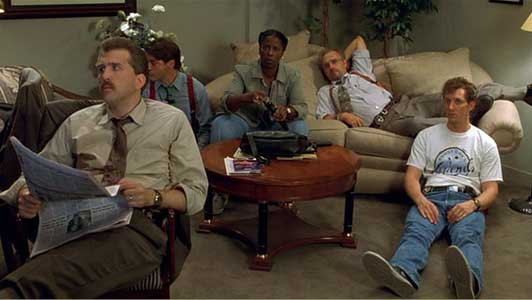
Director Stuart Baird came to US Marshals off the back of a stellar career in editing action films, as well as directing a bona fide box office hit in Executive Decision only a few years prior. Among his credits in the cutting room, he is notable for working on the majority of Richard Donner’s films from The Omen, Superman and Ladyhawke to Lethal Weapon, Lethal Weapon 2 and Maverick, so his credentials in the genre are exceptional to say the least. Style takes a back seat in both Executive Decision and in US Marshals, the director less keen on showmanship and more focused on enthralling the audience with large-scale set-pieces and ramping up the cat-and-mouse mystery thrills as well as this script will allow. Sadly, the screenplay by Roy Huggins and John Pogue, who stepped into the chairs vacated by Fugitive screenwriters David Twohy and Jeb Stewart, isn’t as punchy as one might enjoy, with the mystery surrounding Snipes’ character’s role in the film running out of steam quite quickly when the whole thing hangs on convenience and pot luck.
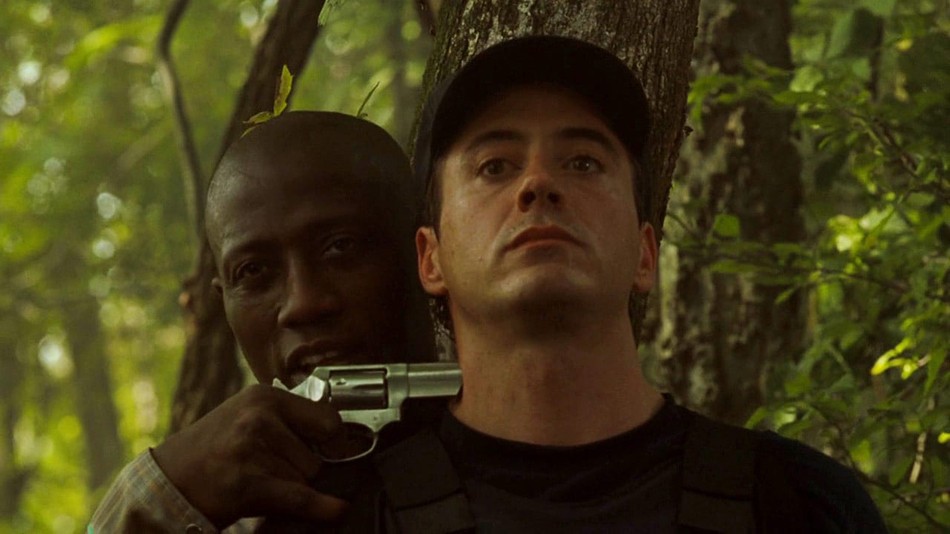
Things aren’t helped by Baird’s flat, workmanlike sense of action; aside from the standout plane crash sequence that dominated the first act and no doubt swallowed up a lot of the film’s budget to achieve, the action in US Marshals is decidedly effortful, more akin to 80’s pulp cinema than slick late 90’s genre filmmaking. Perhaps this throwback to action cinema of the 80’s is to blame for the film feeling anachronistic, a dullish cinematographic palette dominating a grimy, sweaty aesthetic as Tommy Lee Jones jaw-clenches his way through a performance that head-scratchingly feels like every other Tommy Lee Jones performance. The man doesn’t so much act as he intones, a Clint Eastwood-ian persona trapped inside the charisma vacuum that is Sam Gerard’s lifeless swagger. Gerard’s secondaries all look up to him but their salutatory behaviour feels ill-suited to Jones’ garrulous behaviour and brusque dismissiveness of those he perceives as lesser than he. Jones might have the star billing, but Wesley Snipes arguably steals the film out from under everyone as the stylish, quicksilver Mark Roberts, always one step in front of his pursuers. Snipes has the film on a string, and when he’s not on the screen US Marshals chugs along with tepid alarm.
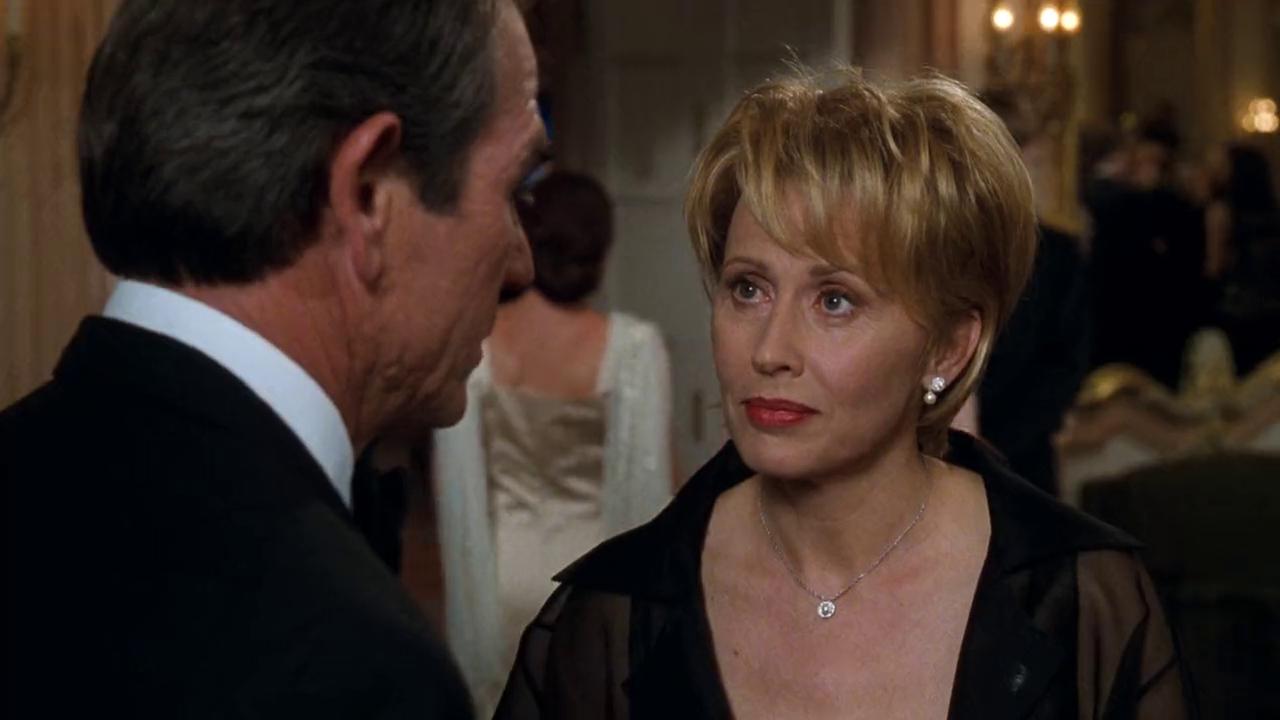
Supporting roles to the likes of Downey Jr, Joe Pantoliano, Kate Nelligan, Patrick Malahide and the rest of the US Marshal team drafted to bring in their prey, alongside a terribly wooden Irene Jacob as Robert’s French-speaking girlfriend Marie, all highlight the film’s strengths and deficiencies – the team reprising from The Fugitive all have an assured way with each other that speaks volumes, and their banter is banal but at least perspicacious enough to resolve the vagaries of plot exposition we endure. The plot mechanics of Snipes’ role in the film, and how they link up with the DSS, the FBI and Patrick Malahide’s blank-faced bureaucrat is secondary to the occasionally jaw-dropping chases and stunts the film embarks upon, particularly a sequence involving a cemetery and a moving train, while there is a surprising amount of high stakes carnage wrought before the film winds to a close. The stunt work is exemplary and the scope of the film’s farm-to-city escapades is solid but US Marshals cannot escape its out-of-time feeling in terms of production value and looks.
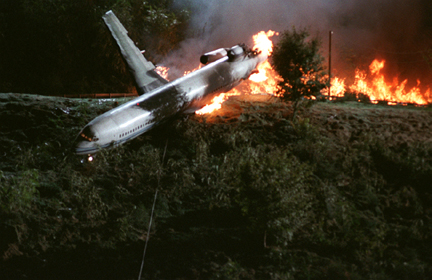
US Marshals is a blithely diminished action escapade from a director better suited to editing and a cavalcade of actors who deserve far better than this. It’s not a bad film by any stretch, and fans of the period and genre will find a lot to delight in with it’s supercilious plot conniptions, inane cool trailer-speak and Snipes’ “Wrong Man” performance writ large, but in what I found to be quite the surprise the movie hasn’t aged well at all and frankly I found it quite tiresome, almost tedious by the time we reach the double-cross conclusion. Your mileage may vary but US Marshals is no patch on the classic original (which itself was a remake of the far older television series), and only worth watching for completists of any of the cast appearing within.

